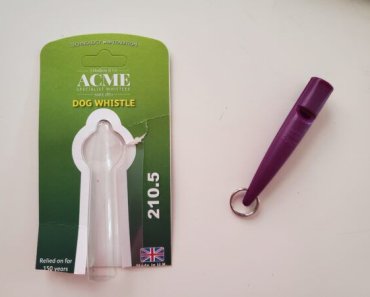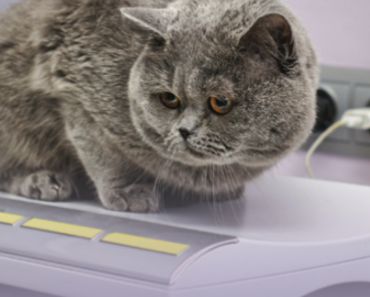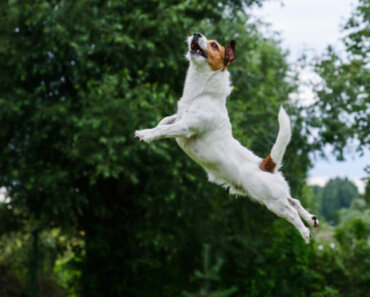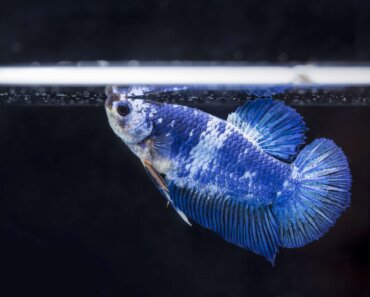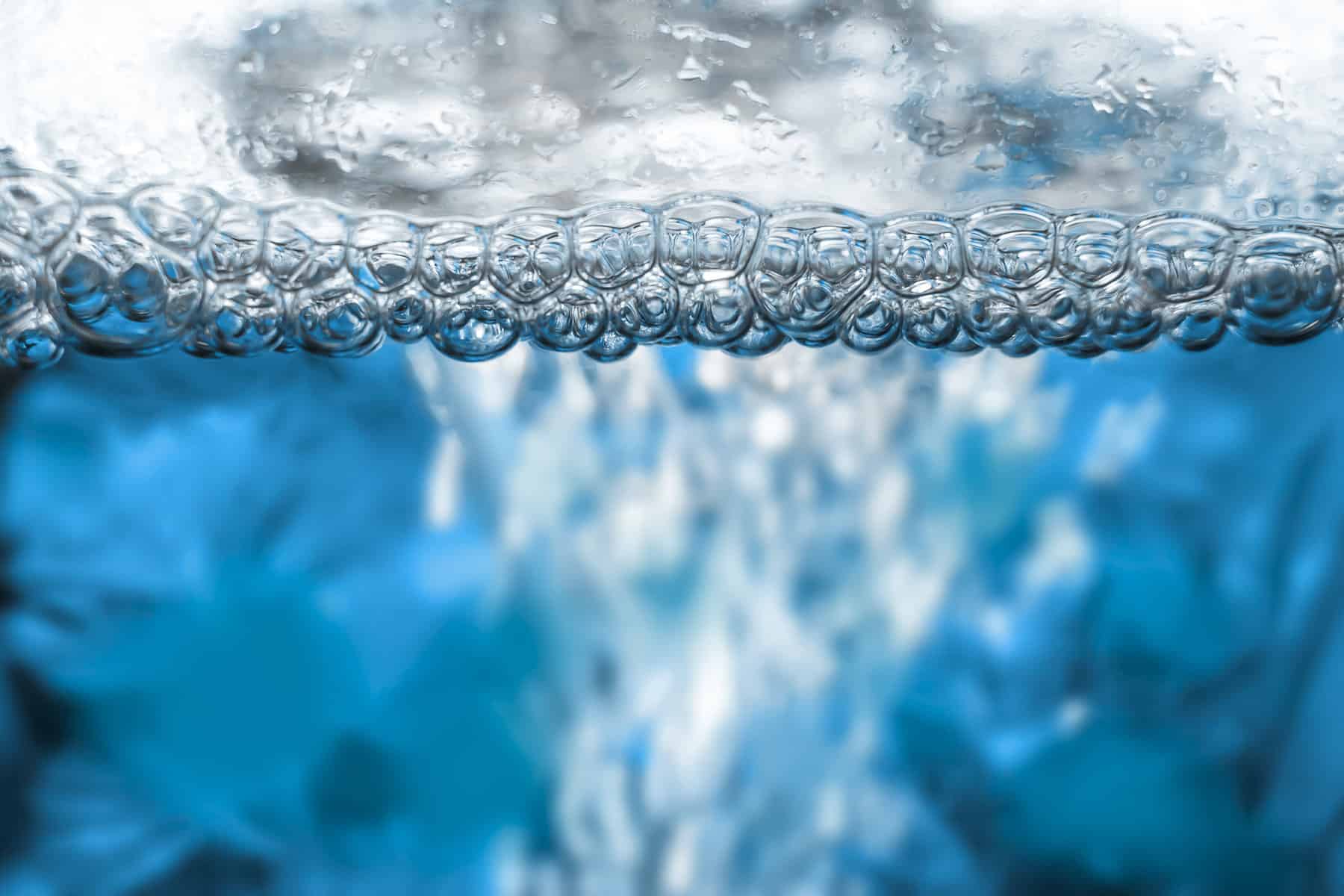
If you have a brand-new fish tank or a well-established, mature setup, and thousands of silvery bubbles suddenly appear from nowhere, what’s the deal?
What’s causing those annoying little bubbles? Why do your fish have air bubbles on them? Can air bubbles harm your fish? And how do you get rid of bubbles on aquarium glass?
Read this guide to learn why your fish tank is suddenly overcome with bubbles, and discover what you can do about them!
What Causes Air Bubbles in a Fish Tank?
There are several causes of air bubbles forming on the glass panes in a fish tank, most of which are easily solved and can be prevented.
Air Bubbles in Your New Aquarium
If you just set up a brand-new aquarium, don’t be surprised to see thousands of tiny air bubbles forming on the viewing panes and decorations. Don’t panic! That’s quite normal and to be expected.
The phenomenon happens when you fill your new fish tank with dechlorinated tap water, trapping pockets of air in the substrate, decoration surfaces, and plant leaves. As you add more and more water to your tank, the air bubbles rise up through the water column and stick to the glass.
If you use a container or a jug to fill the tank, the bubbles sometimes appear in lines.
How so?
Well, each time you add more water, the surface level increases, and more bubbles are trapped. The newly trapped bubbles rise to the new surface level, leaving a line of the previously formed bubbles below.
The Solution
The air bubbles that form the first time you fill your tank are the easiest to remove. In fact, you don’t really need to do anything, as the problem will naturally take care of itself!
Within a week or so, the air bubbles gradually float to the water’s surface and burst, and that will happen quicker if you’re running a powerful filter.
However, if you don’t want to wait long, you can disperse the bubbles with your hand or use an algae magnet.
Bubbles From the Filter Outflow
If excessive bubbles form on the water’s surface and cling randomly to objects in your fish tank, that’s most likely caused by the filter outflow.
Basically, the filter outflow generates a current that pushes air bubbles around the aquarium. The bubbles drift around in the water until they find a random surface to stick to, which could be the glass, your decorations, or even the filter unit itself.
The Solution
It’s usually not the filter unit that’s the bubble-making culprit but the filter outlet that returns the water to the aquarium once it’s been through the filter media.
If the filter outlet pipe is above the water level, the water flowing into your aquarium can trap air, push it underwater, and generate a stream of tiny bubbles that then float around your tank.
To prevent that from happening, you need to reposition the filter outlet pipe so that it rests on or sits just below the water’s surface. If that’s not possible, you could try adding more water to the tank to bring the level in line with the filter outflow pipe.
Bubbles From the Heater
Sometimes, air bubbles form near or on your aquarium heater.
Why is that?
Well, cold water can carry more oxygen than warm water, and if the cold water suddenly warms up, the dissolved oxygen it contains forms bubbles. That can happen if you have just installed a new heater in your tank, but the bubbles will stop forming once the water reaches the preset temperature.
Air Bubbles and Regular Water Changes
In a similar way, air bubbles can appear during a routine partial water change. Again, that’s because you’re adding slightly cooler water to your tank, and the rapid temperature change sometimes causes the dissolved oxygen in the water to turn into a gas and form bubbles.
Once the water temperatures equalize, the bubbles will disappear. To prevent air bubbles in water from forming, simply warm the water you’re adding so that it’s the same temperature as that already in the tank.
Air Bubbles on Aquarium Plants
Plants use carbon dioxide and produce oxygen through photosynthesis. If the water in your fish tank is low in dissolved oxygen, the oxygen will stay in the water.
However, if the water is already well-oxygenated, the oxygen produced by your plants will leave the water and float to the water’s surface.
In addition, if you trim your aquarium plants to keep them tidy, “pearling” can happen, where tiny bubbles escape from the cut in the plant. That process eventually stops without intervention.
Dead Algae
A small quantity of algae in your fish tank can be a good thing in that the plants act as food for many fish and invertebrates. However, no one wants a tank that’s overrun by algae, and many aquarists use an algae killer to kill the slimy stuff.
Unfortunately, dead algae produce ammonia as part of the decomposition process, and that ammonia manifests as bubbles on top of the dead algae. As you know, ammonia is lethal to your fish, and you definitely don’t want it in your aquarium, even in tiny amounts.
You must physically remove the dead algae from the tank and carry out a large water change to get rid of the ammonia. Test the water with an aquarium water testing kit to see that the environment is clean and healthy for your fish. If there’s still ammonia in the water, you’ll need to repeat the water changes until the levels return to zero and ensure that your filter system is working correctly.
Bubble Nests
Some fish species, including bettas and gouramis, are bubble nesters. These fish blow bubbles and attach them to the underside of plant leaves or in the corners of the tank at the water’s surface.
Generally, the male fish create these nests, regardless of whether any females are present. All the betta fish I’ve ever owned spent ages building bubble nests and guarding them, presumably in the hope that a female betta would happen along.
Having watched this process repeatedly, I introduced a small betta sorority to my aquarium and ended up with several clutches of fertilized fish eggs that hatched!
Gas Bubble Disease
So far, we’ve discussed several relatively harmless, easily solved causes of air bubbles in your aquarium. But Gas Bubble disease is a much more serious problem that’s sometimes seen in captive and wild fish.
The condition causes tiny gas bubbles to form in the small blood vessels of the fish’s eyes, gills, fins, and major organs. Those microbubbles eventually form larger bubbles that obstruct blood flow, causing tissue damage.
When the fish’s internal organs are affected, death often results without any obvious signs. Other fish suffer chronic effects, such as poor appetite, buoyancy problems, and reduced activity. In those cases, visible bubbles can usually be seen.
Causes
Gas Bubble disease is typically caused by gas supersaturation. That’s when the volume of dissolved gasses in the tank water, such as oxygen and nitrogen, exceeds the water’s capacity. The fish absorb the excess gases, and the internal pressure changes, causing the formation of bubbles inside the small blood vessels.
The causes of supersaturation include rapid pressure or temperature changes, faulty filter equipment, or an influx of gas from an outside source.
Eye Bubbles
Because of the blood vessel network or choroid rete mirabile that provides the eye with nourishment, the fish’s eye is especially prone to bubble formation. Bubbles can form inside or behind the eye, damaging the fragile structures that enable vision, and causing symptoms, including the following:
- Bulging eyes (exophthalmos)
- Bleeding inside the eye
- Eye inflammation (panophthalmitis, uveitis)
- Cataracts
- Visible bubbles in front of the eye
- Blindness
Fish affected by Gas Bubble disease typically lose the eye or the ability to see.
Diagnosis
Gas Bubble disease is typically diagnosed when visible bubbles are seen under the skin or when a vet performs a gill biopsy.
Alternatively, water samples from your tank can be tested for gas saturation, although a normal sample doesn’t completely rule out the disease.
Treatment
Sometimes, the fish recovers when the excess gasses are removed from the water, so the first stage of treatment involves moving the fish to a “safe” environment. Now, you can test your aquarium water to identify the gases present and their levels before taking action to remedy the problem.
If the condition affects the fish’s eye, it can be treated by drug injection, and a specialist vet might opt to lance certain bubbles. However, if that treatment route is chosen, antibiotics will be necessary to prevent secondary bacterial infection.
Unfortunately, once gas bubbles have affected the fish’s eye, causing blindness, all the pet parent can do is monitor the fish’s condition or have your vet remove the fish’s eye.
Preventing Gas Bubble Disease
You can take a few steps to prevent Gas Bubble disease from affecting your fish, including:
- Avoid rapid temperature fluctuations in the aquarium
- Check your filter system and air pumps for leaks (a small leak could cause microbubbles in the tank)
- Add water to your tank or pond by spraying it from above to release trapped gasses into the air rather than into the water.
Although Gas Bubble disease is not a common problem, it can be devastating when it affects your fish. So, take preventative steps to protect your fish.
FAQs
Here are the answers to a few of your questions about bubbles on fish tank glass.
Q: Why Does My Fish Tank Have Bubbles on the Glass?
A: There are several causes of air bubbles on fish tank glass. Usually, bubbles form when new water is added to the tank, often because of the temperature change. Sometimes, air bubbles are caused by the filter system or even following plant trimming.
Q: How Do You Get Rid of Bubbles on Aquarium Glass?
A: Air bubbles eventually float to the water’s surface and pop without the need for any intervention. However, you can simply wipe them away with your hand or use an algae magnet to shift them.
Q: Are Bubbles OK in a Fish Tank?
A: Air bubbles in the fish tank are not usually a problem. However, ammonia could be to blame if the bubbles are formed on dead algae, and you’ll need to take urgent action to save your fish, as explained in more detail above.
Q: Why Do My Fish Have Air Bubbles on Them?
A: Air bubbles on your fish can be caused by Gas Bubble disease.
Q: Can Air Bubbles Harm Fish?
A: Regular air bubbles won’t harm your fish. However, Gas Bubble disease can be fatal or disabling if the cause is not identified and treated promptly, as explained earlier in this article.
Final Thoughts
I hope you enjoyed our guide to the causes and solutions of bubbles in your fish tank. If the information we provided was helpful, please take a moment to share the article with other fish fans!
There are many causes of bubbles in fish tanks, most of which are harmless to your fish and easily dealt with and prevented.
However, if you have lots of dead algae in your tank, the bubbles could be caused by ammonia rather than air. Bubbles in your fish’s eye or under the skin could be caused by a serious condition called Gas Bubble disease.
How did you deal with air bubbles in your aquarium? What caused them? Tell us your story in the comments box below.

